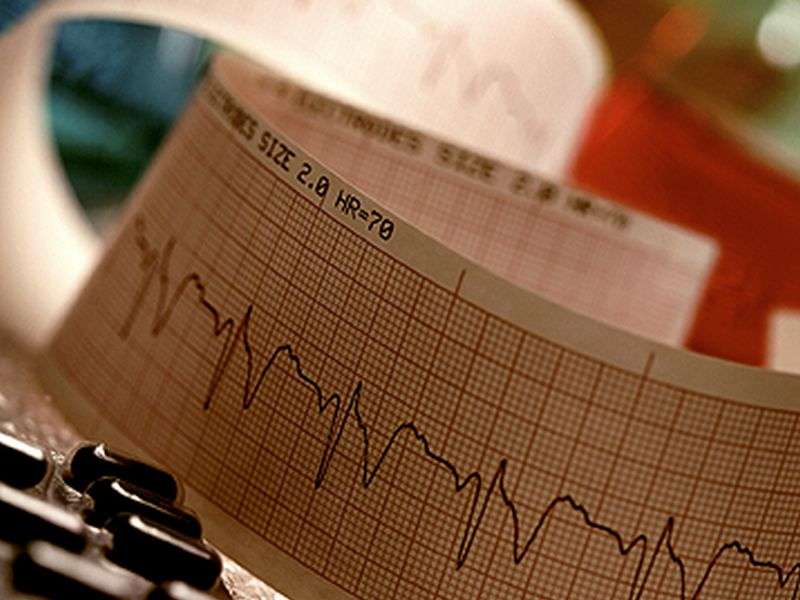2011 criteria facilitate diagnosis of long QT syndrome

(HealthDay)—The 2011 criteria improve diagnosis of long QT syndrome (LQTS), according to a study published online March 23 in JACC: Clinical Electrophysiology.
Kenshi Hayashi, M.D., Ph.D., from the Kanazawa University Graduate School of Medicine in Japan, and colleagues scored 132 LQTS patients using different Schwartz diagnostic criteria from 1993, 2006, and 2011. By the 2006 and 2011 criteria, LQTS scores of ≥3.5 points were considered to indicate high probability of LQTS compared with four points by the 1993 criteria. The 2011 criteria included the assessment of the recovery phase of exercise.
The researchers found that the number of high-probability patients was significantly higher with the 2011 criteria versus the 1993 and 2006 criteria (62 versus 32 and 36, respectively). The percentage of mutation carriers in those with an intermediate score was reduced with the 2011 criteria compared with the 1993 and 2006 criteria (15 percent versus 53 and 53 percent, respectively). Among the 54 mutation carriers, 25 (46 percent sensitivity and 91 percent specificity), 27 (50 percent sensitivity and 88 percent specificity), and 48 (89 percent sensitivity and 82 percent specificity) high-probability patients were identified with the 1993, 2006, and 2011 criteria, respectively.
"The use of the 2011 criteria will facilitate the diagnosis of LQTS, and will decrease the number of false negative results," the authors write.
More information: Full Text (subscription or payment may be required)
Copyright © 2016 HealthDay. All rights reserved.





















